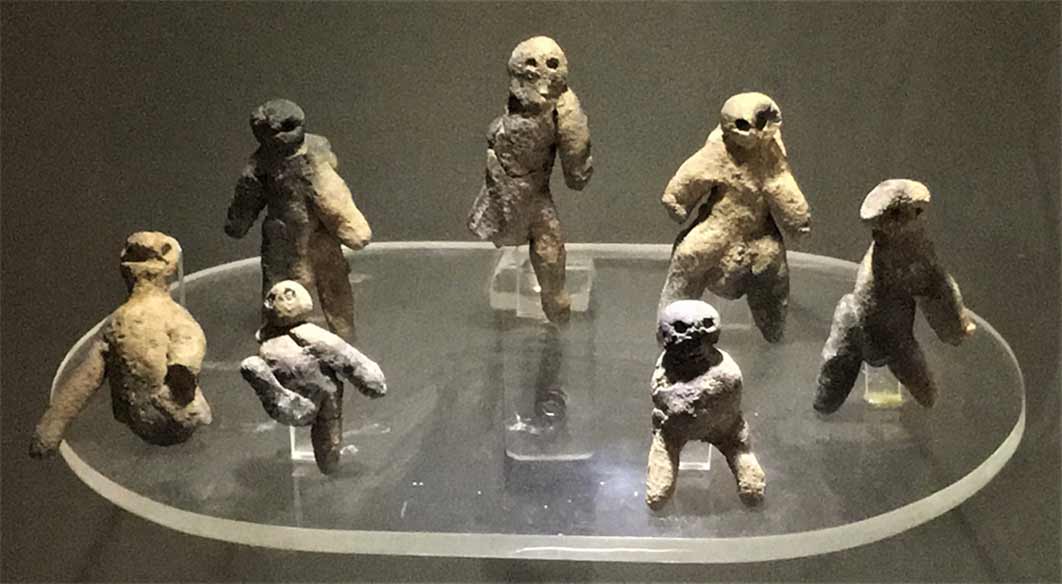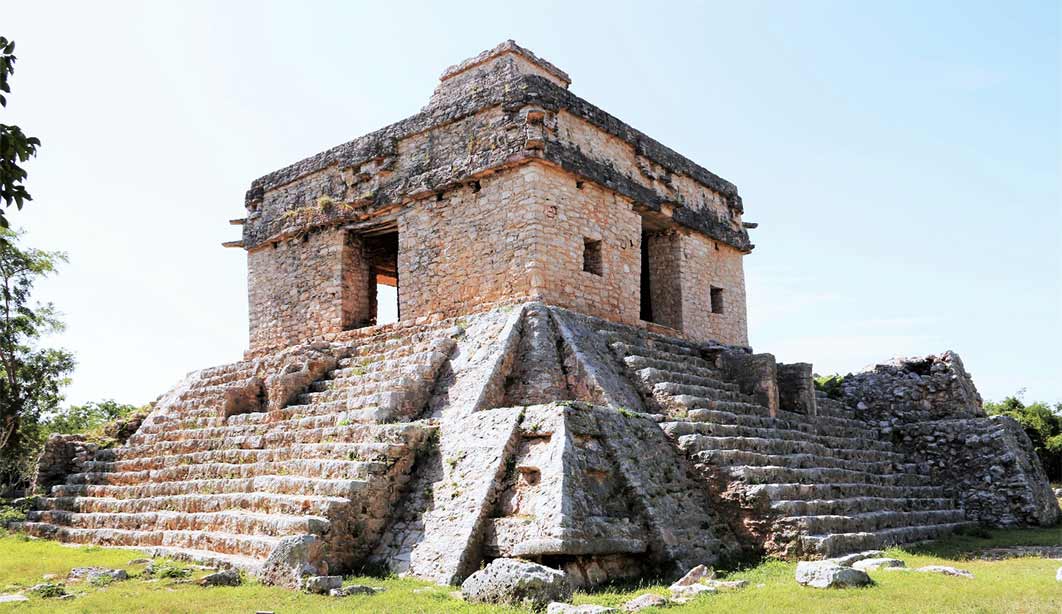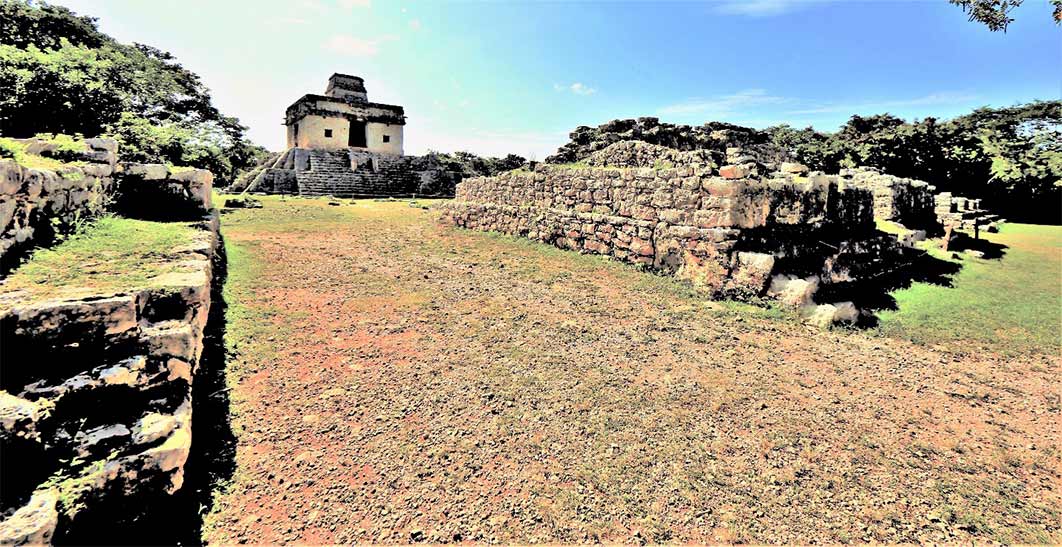
Buried Power Of The Seven Dolls At Maya Dzibilchaltún
What makes Dzibilchaltún so perplexing, are the seven crudely made clay figurines found buried below the altar in what has become known as the Temple of the Seven Dolls. At its peak Dzibilchaltún, which means “where there is writing on flat stones,” was one of the oldest settlements of the north-western Maya lowlands of Yucátan in Mexico. It was a large and complex community, engaged in the exploitation of nearby seaside resources, especially salt, and long-distance coastal and inland trade. According to Edward Kurjack (1974) the ancient city had more than “8,000 buildings spread over 25 square miles, most of which are one or two rooms platforms that once supported dwellings made of pole-and-thatch. Its population may have reached over 25,000 souls; at that time, it was the biggest city on the peninsula”.

Temple of the Seven Dolls (Image: ©georgefery.com)
Located eight miles (12 kilometers) from present-day Mérida, and seven miles (11 kilometers) from the coast, Dzibilchaltún’s earliest recorded permanent settlement dates from the Early Formative pre-Nabanchè Phase, at 1900 BC. It was continually occupied from the middle to the late pre-Classic 500 - 250 BC, with high and low occupation periods, up to the arrival of the Europeans in 1521. It was in the Temple of the Seven Dolls, the eastern-most major structure in the urban area where the figurines, or dolls, were found. Archaeologists refer to the Temple of the Seven Dolls as Structure 1-sub. The temple shares its spiritual powers with those of its western-most counterpart, a temple known as Structure 66.

Entrance to the Sacred Plaza (Image: ©georgefery.com)
Excavating The Temple Of The Seven Dolls
The program of investigation and restoration at Dzibilchaltún was initiated by E. Wyllys Andrews IV in 1956, with the sponsorship of the National Geographic Society and the Middle American Research Institute at Tulane University, New Orleans, Louisiana. The archaeological team realized that the 7,000 tons of collapsed rubble known was Structure 1 was irretrievably damaged and had to be removed, allowing for the Temple of the Seven Dolls (Str1-sub), which was below it, to be reclaimed. This temple was built on the base of an even earlier sanctuary, that was unlike those at other Maya sites in the Yucatán.
The ancient city’s major structures and temples were painted with various bright colors, among which red was predominant. This temple, however, was painted white, and so was a raised causeway (sacbe 1) surfaced with white limestone, then called a ‘white road’ that ended at the terrace in front of the temple. Traditionally, in an urban context, an east-west causeway covered with white stucco, was associated with the path of the sun, and the Temple of the Seven Dolls was built on such an orientation. Of note is that the temple was named by archaeologists ‘Temple of the Dolls’ while in all probability its ancient name was ‘Temple of the Sun’.

The counterpart temple (Structure 66) on the left and The Temple of the Seven Dolls (Str 1-sub) on the right. Drawing by George E. Stuart (Image: ©Andrews-MARI)




